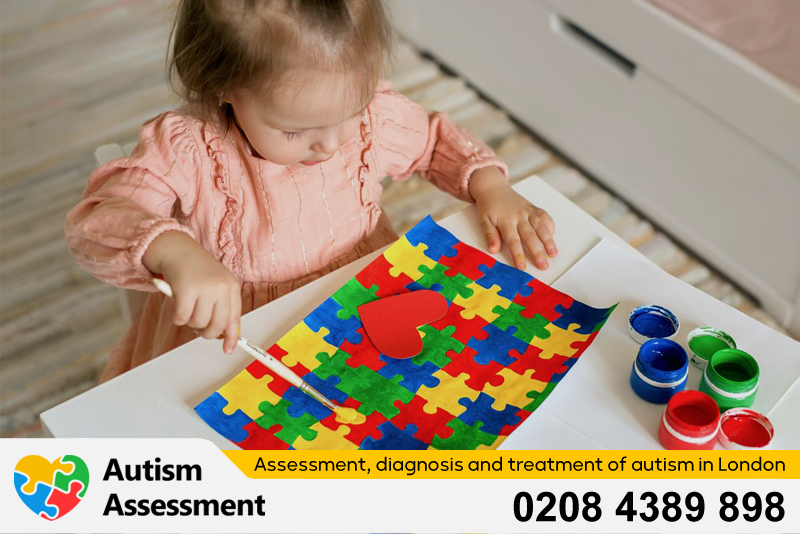Understanding ADHD and Autism Spectrum Disorder: A Comprehensive Overview
Attention-Deficit/Hyperactivity Disorder (ADHD) and Autism Spectrum Disorder (ASD) are two of the most commonly diagnosed neurodevelopmental disorders in children, affecting millions worldwide. While they are distinct conditions, they share some overlapping symptoms, which can sometimes lead to confusion in diagnosis and treatment. This blog post aims to provide a comprehensive overview of both ADHD and ASD, their similarities and differences, and the latest research findings.
ADHD: An Overview
ADHD is characterized by a persistent pattern of inattention and/or hyperactivity-impulsivity that interferes with functioning or development. Symptoms often include difficulty sustaining attention, forgetfulness, distractibility, and frequent interruption of others. ADHD is more prevalent in males and is often diagnosed in childhood, with symptoms continuing into adulthood.
Autism Spectrum Disorder: An Overview
ASD encompasses a range of conditions characterized by challenges with social skills, repetitive behaviors, speech, and nonverbal communication. Like ADHD, ASD is more commonly diagnosed in males and symptoms are usually present from early childhood. Autism is known for its ‘spectrum’ nature, meaning symptoms and their severity can vary widely among individuals.
The Intersection of ADHD and ASD
Recent studies have shown that ADHD and ASD can co-occur more frequently than previously thought. In fact, symptoms such as intense focus on specific interests, which was once considered exclusive to ASD, have been observed in individuals with ADHD. This has led to a growing recognition that the two conditions can overlap.
The Role of Genetics and Environment
Research continues to explore the genetic and environmental factors contributing to both ADHD and ASD. A recent study from the University of Maryland School of Medicine suggests a potential genetic link between the two disorders. Additionally, disturbances in gut flora during early life have been associated with diagnoses of Autism and ADHD later in life, indicating a possible environmental influence.
Diagnosis and Treatment
Diagnosing ADHD and ASD can be challenging due to their overlapping symptoms. Healthcare professionals must carefully assess each individual to ensure an accurate diagnosis, which is crucial for effective treatment. Treatment for ADHD typically includes medication, behavioral therapy, or a combination of both. For ASD, interventions may include behavioral therapy, speech therapy, and support for sensory issues.
Support and Outlook
Support for individuals with ADHD and ASD and their families is vital. Awareness and understanding of these conditions have improved, leading to better resources and support networks. With ongoing research and advancements in treatment, the outlook for individuals with ADHD and ASD continues to improve.
Conclusion
ADHD and ASD are complex neurodevelopmental disorders that require careful consideration and understanding. By staying informed about the latest research and developments, parents, educators, and healthcare professionals can better support individuals affected by these conditions. It is essential to recognize the unique challenges and strengths of each individual with ADHD or ASD to provide the best possible care and support.
For more detailed information on ADHD and ASD, their symptoms, causes, and treatments, readers can explore the comprehensive resources available at Healthline and Verywell Health. Understanding these conditions is the first step towards fostering a supportive environment for those affected and their families.



